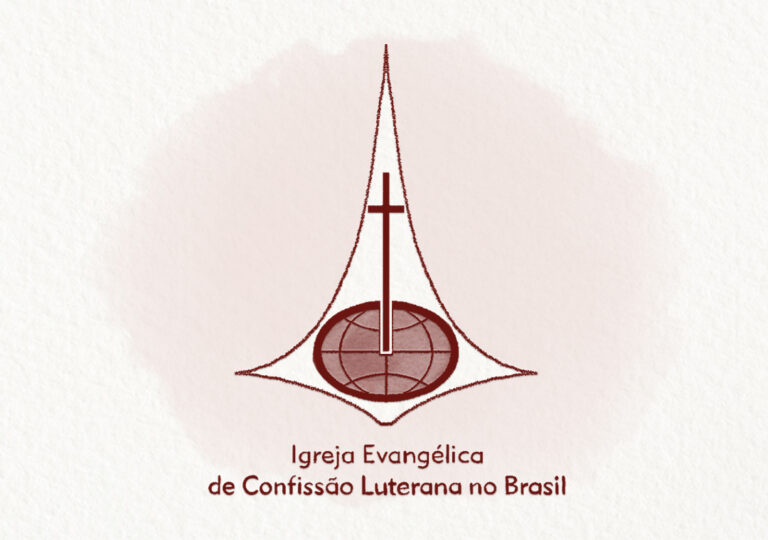
Osmar Falk (* 1942)
Osmar Falk (* 1942) HPD nº 289 Eu sou o filho mais velho de uma família de 7 irmãos. Nasci em 3 de setembro de 1942 em Getúlio Vargas –
 Página inicial
Página inicial
 Conheça a IECLB
Conheça a IECLB
 Nossas atividades
Nossas atividades
 Rede de recursos
Rede de recursos
 Central de serviços
Central de serviços
 Cursos e eventos
Cursos e eventos
 Devoção e culto
Devoção e culto
 Notícias e mais
Notícias e mais
Clique em “Ver mais” para ter a visão geral ou acesse diretamente os conteúdos através dos links abaixo.
Ver maisConheça as ênfases e atividades realizadas na Igreja Evangélica de Confissão Luterana no Brasil (IECLB).
Ver maisTenha acesso a conteúdos por temas e âmbitos de trabalho da Igreja Evangélica de Confissão Luterana no Brasil (IECLB).
Ver maisAcesse serviços e documentos da Igreja Evangélica de Confissão Luterana no Brasil (IECLB).
Ver maisConfira os eventos e os cursos oferecidos pela Igreja Evangélica de Confissão Luterana no Brasil (IECLB).
Ver maisFortaleça a fé com as Senhas Diárias, as Meditações Diárias e o Culto Nacional Online.
Ver maisFique por dentro do que acontece na Igreja Evangélica de Confissão Luterana no Brasil (IECLB).
Ver mais
Osmar Falk (* 1942) HPD nº 289 Eu sou o filho mais velho de uma família de 7 irmãos. Nasci em 3 de setembro de 1942 em Getúlio Vargas –
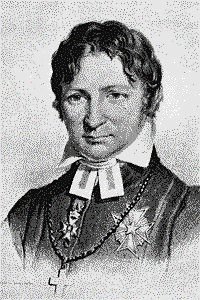
Frans Mikael Franzèn (1772-1847) HPD nº 146 Nasceu: 9 de fevereiro de 1772, Uleåborg (agora Oulu), Finlândia. Faleceu: 14 de agosto de 1847, Härnösand, Suécia. Sepultado: Kyrkogärden de Gamla, Härnösand,

Ludwig Andreas Gotter (1661-1735) HPD nº 186 Nasceu: 26 de maio de 1661 em Gotha, Turíngia, Alemanha Faleceu: 19 de setembro de 1735 em Gotha, Turíngia, Alemanha Ludwig Andreas Gotter
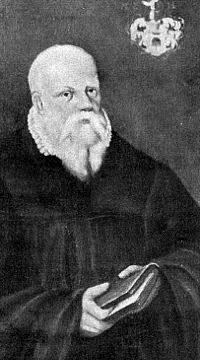
Ludwig Helmbold (1532-1598) HPD 223 e 247 Nasceu: 13 de janeiro de 1532, Mühlhausen, Thuringia. Faleceu: 8 de abril de 1598, Mühlhausen, Thuringia. Filho de Stephan Helmbold, (fabricante de produtos

Liselotte Holzmeister (1921-1994) HPD 20 Nasceu: 8 de fevereiro de 1921 na Alemanha Faleceu: 29 de junho de 1994 na Alemanha Hinóloga, musicista e autora de hinos. Traduziu do Francês
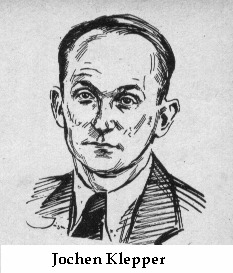
Klepper, Jochen (1903-1942) HPD nº 03 e 23 Nasceu: dia 22 de março de 1903 em Beuthen na Silésia, Suicidou-se, junto com a esposa e a filha, em 11 de
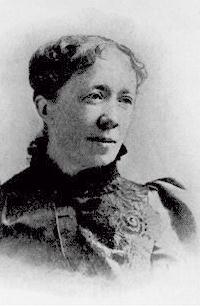
Mary Artemesia Lathbury (1841-1913) HPD nº 201 Nasceu: 10 de agosto de 1841, Manchester, Nova Yorque, EEUU. Faleceu: 20 de outubro de 1913, East Orange, Nova Jersey, EEUU. Sepultado: Cemitério

Nikolaus Decius [Deeg ou Tech] (1485-1541) HPD nº 86 [Nicolaus à Cúria ou Nikolaus von Hof] Nascido: Aproximadamente 1485, em Hof, Francônia Superior, (Baviera). Faleceu: após 1546, em Mühlhausen, (Prússia

Fickert, Georg Friedrich (1758-1815) HPD nº 93 Professor particular e depois pastor em Reichau e Gross-Wilkau. Nasceu: 20 de novembro de 1758 em Bartzdorf, próximo de Striegau (Silêsia) Faleceu: 6

Johann Burchard Freystein (1671-1718) HPD nº 173 Nasceu: 18 de abril de 1671, Weissenfels, Saxônia. Faleceu: 1 de abril de 1718, Dresde, Alemanha. O pai de Johann era A. S.

Johann Gramann [Poliander], (1487-1541) HPD nº 252 Um dos reformadores na Prússia e autor de hinos sacros. Nasceu: 05 de julho de 1487 em Neustadt an der Aisch (Francônia Central),
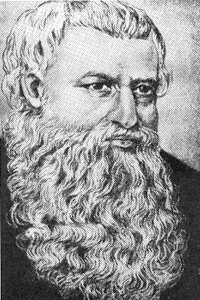
Nikolaus Hermann (ca. 1500-1561) HPD nº 14, 62, 70, 265, 279, 304. Nasceu: por volta de 1500 em Altdorf, próximo de Nuremberg, Alemanha. Faleceu: 15 de maio de 1561 em
Todas as notícias
Lorem ipsum dolor sit amet, consectetur adipiscing elit, sed do eiusmod tempor incididunt ut labore et dolore magna aliqua. Ut enim ad minim veniam, quis nostrud exercitation ullamco laboris nisi ut aliquip ex ea commodo consequat. Duis aute irure dolor in reprehenderit in voluptate velit esse cillum dolore eu fugiat nulla pariatur. Excepteur sint occaecat cupidatat non proident, sunt in culpa qui officia deserunt mollit anim id est laborum.

